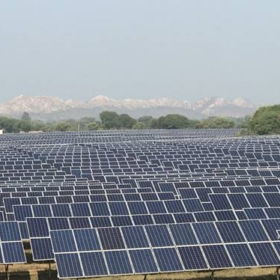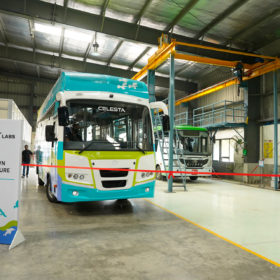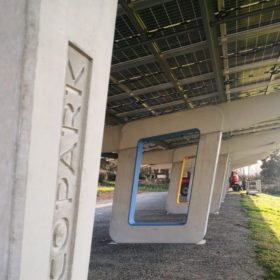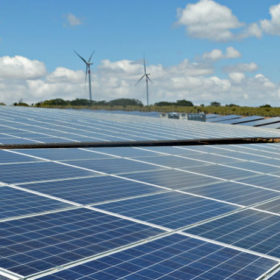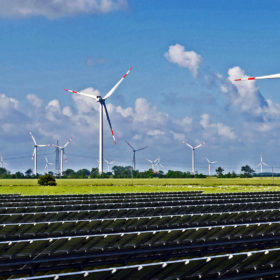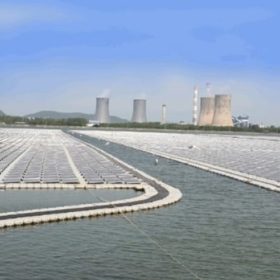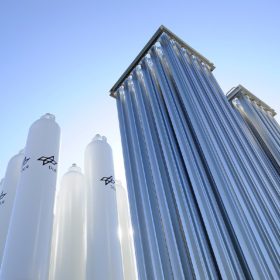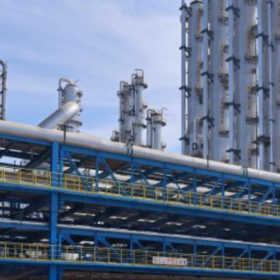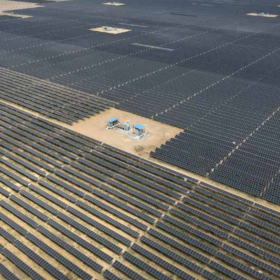Uttar Pradesh at a crossroads in electricity transition
Uttar Pradesh needs to ramp up solar installations to not only meet its own renewable energy (RE) targets but also to avoid holding back India’s performance on its targets of 175 GW of RE capacity by 2022 and 500 GW of non-fossil fuel capacity by 2030, says a new report.
Draft of National Green Hydrogen Mission under inter-ministerial consultations
The mission envisages commercial production of green hydrogen production in the nation from the financial year 2025-26 onwards.
Hydrogen fuel cell bus made in India
Sentient Labs has launched a hydrogen fuel cell bus that runs on an indigenously developed hydrogen fuel cell and electric powertrain. The hydrogen fuel cell was developed in collaboration with the National Chemical Laboratory (NCL) and Central Electro Chemical Research Institute under the aegis of the Council of Scientific and Industrial Research.
Solar carport without foundations
Conceived by French solar company Mecojit, the solar carport solution can be deployed without excavation work and can be coupled with EV recharging stations.
Renewable energy project acquisitions jumped by more than 300% in value terms in 2021
The growth in acquisitions was supported by conducive global financial conditions and accommodative monetary policy maintained by the Reserve Bank of India.
How round-the-clock renewables point to optimum use of energy generation and infrastructure
Amid the troubles of the coal-dominated grid, variable renewable energy has a place in ensuring reliable supply
Tata Power wins 300 MW hybrid wind-solar project
TP Saurya Ltd, an arm of Tata Power, has secured a letter of award from Maharashtra State Electricity Distribution Company Limited (MSEDCL) to build 300 MW of hybrid wind-solar capacity.
NTPC awards India’s first green hydrogen microgrid project
The project would be a test case to assess the potential of solar-powered hydrogen to displace costly and polluting diesel-based energy generation systems in far-off regions of the country like Ladakh and Jammu & Kashmir.
Electrolyzer ramping from 0 to 50,000 amperes in less than 10 seconds
Developed by Canada-based Hydrogen Optimized, the electrolyzer can be used to stabilize electrical grids and optimize energy recovery from intermittent renewable power sources such as solar and wind. Furthermore, this week four more big international partnerships for developing green hydrogen were announced across Germany, the Middle East, and Australia.
German PV equipment providers keep recovering, but uncertainties remain
German engineering association the VDMA has reported increasing orders and sales for PV equipment suppliers in the third quarter. China accounted for around 80% of PV production equipment demand during the period.
